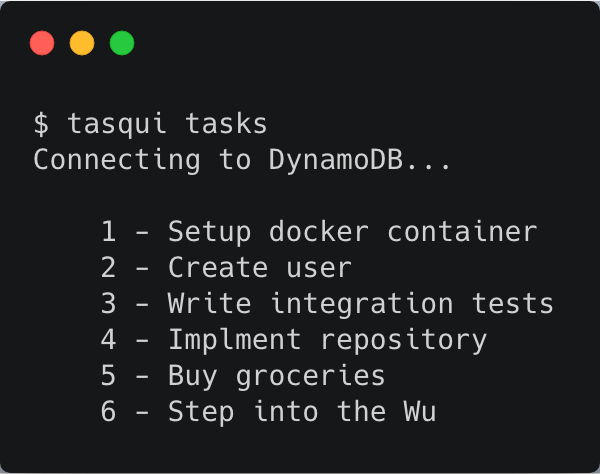
Liam Griffin-Jowett
See author's bio and postsI recently implemented the bowling kata in Haskell. In the process, I found out how set up my environment to comfortably do Test Driven Development. Hopefully, others might find this post helpful to begin their journey with the language. I used the following components:
- Haskell installation: Haskell Platform. This also gives you GHCi which you can use as an interactive environment and type inspector.
- IDE: Any editor would suffice, but I used Visual Studio Code as they have an extension for Haskell that gave me some basic IntelliSense features.
- Test libraries: Hspec, which is based on RSpec. This can be installed using Haskell's package manager, cabal, from the command line with
cabal install hspec. - Helper libraries: Printf for colourful command line output.
Using the example from Hspec's documentation, I began with this structure for my code:
BowlingTests.hs
module BowlingTests where
import Bowling
import Test.Hspec
import Text.Printf (printf)
testScoreGame :: String -> Int -> Spec
testScoreGame game score =
it (printf “should return the score for game : %s → %d \n” game score) $
scoreGame game `shouldBe` score
main = hspec $ do
describe "scoreGame" $ do
testScoreGame "--------------------" 0
So to test a function, you add a function in your test file, usually the same name with a ‘test’ prefix. This function takes the inputs to your function under test and the expected output as parameters. Then using Hspec you describe what you are testing. As you can see the ‘it’ part is written in the test function. You can of course omit this helper function and write all your tests under main = hspec $ do, which may be nicer if you want to describe in more detail what each individual test is testing.
Bowling.hs
module Bowling where
scoreGame :: String -> Int
scoreGame game = 0
These files are in the same directory, now I can run my tests from the command line.
$ runhaskell BowlingTests.hs
scoreGame
should return the score for game : — — — — — — — — — — → 0
Finished in 0.0000 seconds
1 example, 0 failures
There you have it. Now I can focus on writing a failing test and making it pass.
Related Blogs
Get content like this straight to your inbox!
Software is our passion.
We are software craftspeople. We build well-crafted software for our clients, we help developers to get better at their craft through training, coaching and mentoring, and we help companies get better at delivering software.
Latest Blogs
Software Modernisation and Employee Retention...
Becoming PCI Compliant
Codurance signs the Microsoft Partner...
Useful Links
Contact Us
London, EC1M 5PU
Phone: +44 207 4902967
2 Mount Street
Manchester, M2 5WQ
Phone: +44 161 302 6795
Carrer de Pallars 99, 4th floor, room 41
Barcelona, 08018
Phone: +34 937 82 28 82
Email: hello@codurance.com

